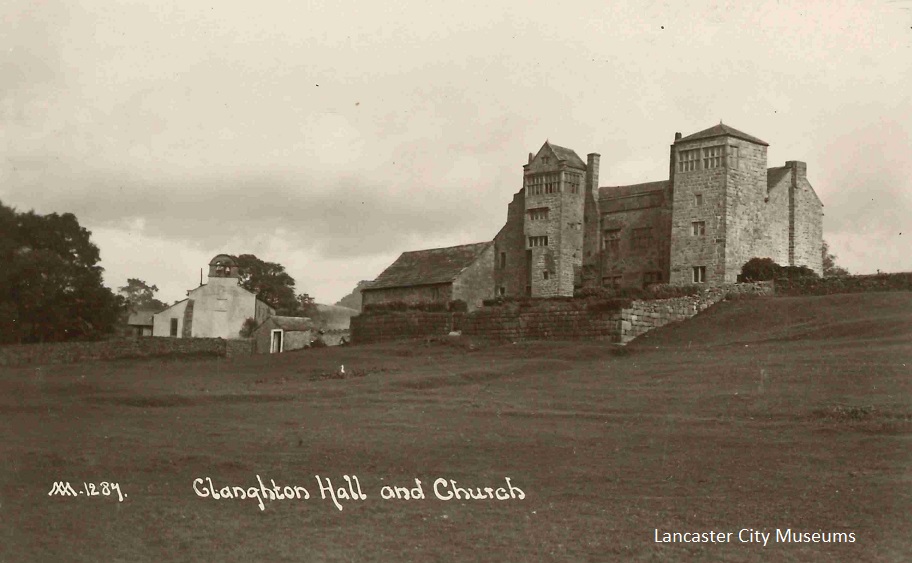Claughton, is written as ‘Clactun’ in the Domesday Book. It went through several spellings – as ‘de Clafton’ in 1246, ‘Clagton’ in 1255, ‘Claton’ in 1257 and finally Claughton in 1297. It is a good example of why the other Claughton near Garstang, which was ‘Clactune’ in Domesday, then Claghton in 1285, is said differently – even with the same spelling and meaning. Claughton near Lancaster being said ‘Clafton’ or ‘Cloughton’ and Claughton near Garstang being ‘Clyton’.
Both Claughtons were most likely named after the Old Norse for hill, which is ‘klakkr’, and so Claughton is probably named after Claughton Moor.
In medieval times moorland was an important part of the village economy and was used for activities like grazing, peat cutting and quarrying. Most villages and towns would have access to ‘moor’. In low-lying villages this might be some way off and the village had rights to walk their animals through to the moorland, or it might be on a flatter piece of ground that wasn’t good enough to grow crops but could be grazed by animals.
Claughton would therefore be the ‘tun’ – larger settlement (possibly with an administrative function) by the hill.
There are certainly indicators that Claughton was a reasonably important site. Around the time of Domesday Book it was a parish with only one township in it, which was unusual in this part of the world. The church also boasts the second oldest dated bell in the country at 1296.
The photo shows Claughton Hall, built around 1600, but with some parts dating back to the 1400s. The Hall is shown before it was moved to the present site and rebuilt in 1932-5


